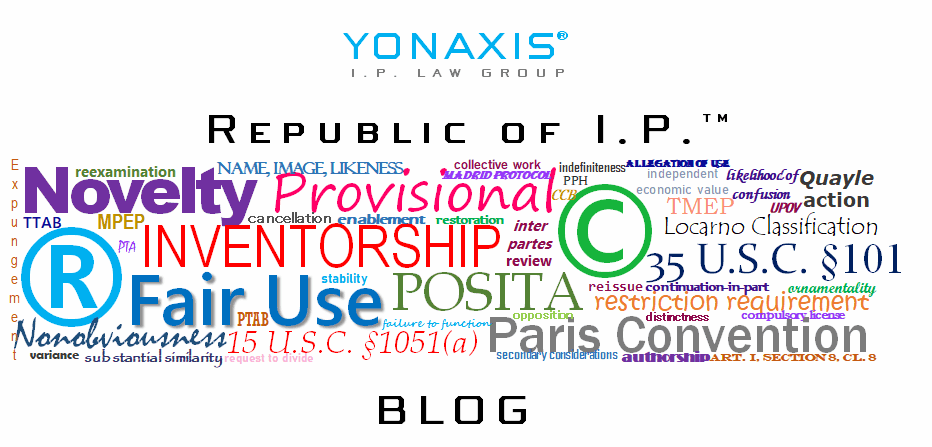On December 15, 2017, the United States Court of Appeals for the Federal Circuit handed down its decision in In re Brunetti.[1] In Brunetti, the Federal Circuit panel, consisting of Judges Moore, Stoll, and Dyk, held that although the FUCT trademark contained immoral or scandalous matter, it remained federally registrable as a trademark because of the Lanham Act’s Section 2(a)’s bar on such immoral and scandalous marks[2] was an impermissible restriction on the constitutional free speech rights under the First Amendment. This decision was unsurprising given the recent Matal v. Tam[3] decision recently decided by the U.S. Supreme Court which struck down the disparagement clause[4] of the same Section 2(a).
The facts of the case are as follows. Erik Brunetti has owned and operated a clothing brand called “Fuct” since 1990. The word “fuct” is a colloquial, past-tense version of of the vulgar word “fuck.” Brunetti filed a trademark application for FUCT, but the Examining Attorney refused registration under 2(a), and upon appeal, the Trademark Trial and Appeal Board affirmed the refusal. Brunetti then appealed to the Federal Circuit.
In the majority opinion by Judge Moore, the Federal Circuit, indeed, found that “fuct” was a vulgar word. In fact the opinion spends a fair amount of time discussing the phonetics of “fuct” and analyzing the vulgarity of the FUCT mark with its associated goods. Here, the Fuct shirts were sold with various “negative sexual connotations,”[5] including a T-shirt depicting a group sex scene with the caption “Fuct Orgy,” or another with FUCT above the slogan “1970 smokin dope & fucking in the streets.”[6]
Notwithstanding, while FUCT remains a vulgar term, barring its registration would be a constitutional restraint on content-based speech in violation of the First Amendment.[7] The Federal Circuit determined that Section 2(a)’s scandalousness clause “target[ed] a mark’s expressive message, which is separate and distinct from the commercial purpose of a mark as a source identifier.[8] This would be different with other clauses, like Section 2(e) which bars merely descriptive[9] or geographically descriptive[10] marks, that target the commercial aspects of the mark itself, and not its messaging.
Judge Dyk concurred in the overall decision, but made an interesting observation that obscenity is an exception to the First Amendment protection.[11] Dyk suggested limiting the scandalousness clause’s scope to obscene matter which would presumably allow refusal of the FUCT mark. However, Judge Moore responded that only Congress could rewrite the Lanham Act to make such a limitation to Section 2(a).[12]
The decision appears to be in line with what the USPTO had been expecting, given its concession in its brief leading up to the Federal Circuit’s decision, that the “breadth of the [Supreme] Court’s Tam decision and in view of the totality of the Court’s reasoning, there was no reasonable basis for treating immoral or scandalous marks differently than disparaging marks.”[13] As a matter of fact, the USPTO, which had held all pending trademark applications with disparaging and scandalous marks in suspension until the Tam and Brunetti cases were decided, will probably lift the suspension that begin continuing examinations of these applications, with many being registered onto the Principal Register.
[1] ___F. 3d___ (Fed. Cir. 2017) (Dec. 15, 2017) (No. 2015-1109), rev’d, 2014 WL 3976439 (TTAB Aug. 1, 2014) (non-precedential opinion).
[3] 137 S. Ct. 1744 (2017).
[4] See TMEP §1203.03(b).
[5] Brunetti, supra (slip op. at 6-7).
[6] Id. (slip op. at 7).
[7] Id. (slip op. at 13).
[8] Id. (slip op. at 27).
[9] See TMEP 1209.01(b).
[10] See TMEP 1210.01.
[11] Brunetti, supra (slip op. (Dyk, J., concur) at 2).
[12] Id. (slip op. at 41).
[13] Id. (slip op. at 11).
